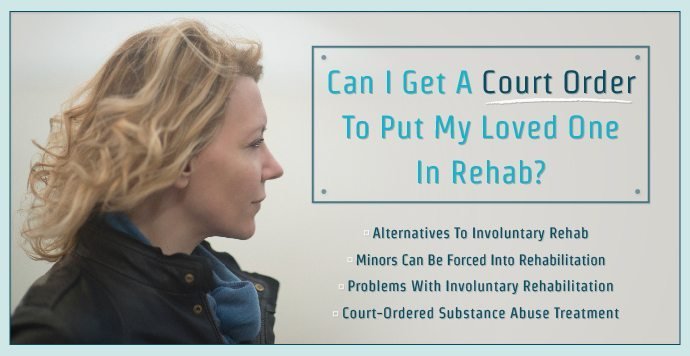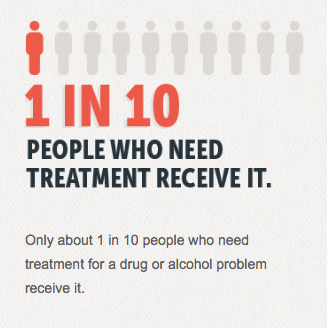This demand can be delivered with the assurance that if anything turns up that the therapist feels the moms and dad has the right or require to know, the therapist will deal with the customer to decide how to notify the moms and dad. If the moms and dad or guardian agrees, and after that adult leaves the session, the therapist reviews privacy again with the Alcohol Detox minor customer to be sure the client understands, to see how the customer reacts without the moms and dad present, and to resolve any questions the client may have.
The therapist informs the customer that therapy ideally involves the 2 of them working together to come up with objectives that are meaningful to the client and appear practical to both individuals. Likewise, as objectives are established, they will determine and pick practical techniques for achieving the therapy goals. In the process of deciding and approaching the customer's objectives, the customer can expect the therapist's nonjudgmental attention and assistance for a given duration of time regularly.
The therapist further demands that the customer share ideas and sensations about the course of therapy as it evolves, interacting the client's right to anticipate the therapist's responsiveness to the client's feedback. what is the treatment for drug addiction. This explicit consideration of what the customer can get out of treatment is particularly helpful with those substance users who get in therapy with some resentment at the prospect of being told what they need to do (abstinence as a part of treatment is most realistic for which of the following types of addiction?).
Impending threat to self or others, and threat of serious medical or psychosocial consequences of continuing compound usage or stopping too suddenly all demand the therapist's intervention and possible referrals. Dealing with danger elements takes first priority whether the risks are direct repercussions of the client's compound use (Washton and Zweben, 2006).
The therapist suggests what is anticipated of clients as well as what customers can anticipate in treatment. For a basic example, therapists generally notify clients of time boundaries for therapy sessions to begin and end. As quickly as compound use concerns become a focus in therapy, clear Substance Abuse Treatment expectations need to be interacted about reporting substance use.
Some Known Factual Statements About What’s The Difference Between Iop And Outpatient Addiction Treatment?

The therapist also lets customers understand they can anticipate a nonjudgmental response to clients' truthful reports of what they are doing, using, believing, and sensation. The abstaining expectation. With respect to the very first expectation of concerning session "clean and sober," therapists must be specific according to their personal positions on this issue, taking the customer's reaction to this expectation into consideration.
Others anticipate a minimum of twenty-four hours devoid of compound usage prior to a session to avoid the possibility that the customer will be experiencing a hangover or severe withdrawal during a session. Still other therapists firmly insist that the customer completely forego recreational compound use during the course of treatment. In some settings, customers are asked or required to concur not to utilize any mind or state of mind changing compounds as a condition of treatment.
Sufficient psychoeducation does not mean simply notifying the client of expectations, however also involves providing a rationale and being responsive to the customer's responses. The therapist explains that coming "sober" to sessions is expected for a couple of factors. First, the customer is less most likely to be able to effectively utilize and keep in mind the time in session if the customer is under the influence of drugs or alcohol.
Third, the client's travel to and from the session is risky if the client has been utilizing compounds that day. The inspiration of clients who willingly agree to this condition is usually strengthened by such rationale. For clients hesitant of the requirement to comply or lacking self-confidence in ability to comply, the therapist's specified reasoning offers a springboard for further discussion.
Customers might attempt to encourage the therapist that being "high" is actually a typical state of mind for them and therefore is not a barrier to their working. Or clients may say they will try however can not assure, or might concur while nonverbally communicating that they do not take the requirement seriously.
4 Simple Techniques For How Many People Go To Video Game Addiction Treatment Centers
If the customer remains reluctant to commit to avoiding https://spencerbtfd041.webs.com/apps/blog/show/49141371-lt-h1-style-quot-clear-both-quot-id-quot-content-section-0-quot-gt-what-is-a-treatment-fr-an-opiate-addiction-can-be-fun-for-everyone-lt-h1-gt- compound use on the day session, the therapist has the choice of raising the subject of possible recommendation to more intensive treatment. The therapist typically identifies in between expectation of customer effort and persistence on outcome. In other words, the therapist interacts the expectations that the client will make a great faith effort to avoid compound use prior to therapy sessions and requests that the client cancel the session if the customer has been using drugs or drinking that day.
It is often beneficial, specifically with clients who inquire straight, to notify them early in treatment that if the customer is not able to make or keep the dedication, it indicates something crucial is occurring that demands immediate attention and discussion in the session. For the therapist, this is a primary factor for specifying the abstinence expectation at the beginning of treatment, so that there is a shared context for exploring the customer's real success or problem with compliance throughout therapy.
A more worthwhile method with customers who do not absolutely adhere to the abstinence expectation is to preserve interaction as long (within concurred timeframes and therapeutic borders) as the client wants and able to talk properly about what is hindering compliance and how abstinence the day of the session can be reasonably imposed in the future.
If the client appears for session for the very first time under the influence, the therapist certainly does not ignore this, but rather initiates candid conversation of what the therapist observes and what the client wishes to state about it. The therapist describes that while this incident offers the therapist a better understanding of what the client resembles under the impact, the therapist adamantly asks that the customer recommit to participating in all future sessions sober, restating the reasoning.
As long as the customer can sensible interaction with the therapist, conference with the client who shows up under the influence of drugs or alcohol likewise gives time for the customer to "sober up" or "boil down" from the compound. If the client is not able to engage properly in the session, the therapist may select to end early, and might provide to follow up with a call in a day or 2 to see how the client is doing and to verify the client's objectives to participate in future sessions sober.
Not known Details About Why Is Group Therapy The Most Effective Treatment For Addiction
If the client drove and if there is any doubt about the customer's capacity to drive safely, the therapist asks that a 3rd party be gotten in touch with to drive the client house. To the extent that the therapist has utilized psychoeducation to inform and discuss these possible outcomes with the client ahead of time, the treatments, if required, are less most likely to generate resistance from the customer who learns about them.
